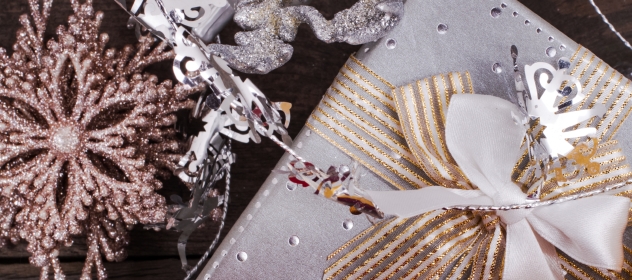
Science demonstrations can be used in lots of different contexts; because you want to focus on a particular aspect of a practical; it’s unsafe for pupils to do or you’re modelling a practical for pupils to do themselves. Generally a demonstration will be linked to the curriculum and be used for a specific learning point. It can still be engaging and entertaining but that’s often more of a side effect of an effectively presented demonstration.
Occasionally though you can perform demonstrations as pure entertainment to enthuse and excite pupils through a science demonstration (with some learning on the side of course). These demonstration lectures or shows we have prepared can be for open evenings, school events or special occasions. Not only do they enthuse pupils, they can also be an effective advert for the science department and can engage individual and departmental skills.
In the videos we have produced, four very different chemistry reactions have been connected through a story, that story being ‘Santa Claus is coming to town’. These demonstrations show how you can create a theme for an event that ties the science demonstrations together to create an atmosphere that engages pupils. Common themes include Harry Potter (magic and science), Bonfire night or Halloween.
Watch the demonstrations below.
Christmas Science | It’s feeling cold | The endothermic reaction
Winter is coming and Christmas is nearly here to get us ready here’s a endothermic reaction to make us feel cold!
This is an example of an endothermic reaction. It will cool down sufficiently to freeze a small amount of water, which is between the beaker that chemicals are reacting in and a small wooden block.
Warning: Ammonia is given off from the reaction so warn pupils with breathing difficulties to stand back and perform the demonstration in a well ventilated laboratory. Barium hydroxide is corrosive so beware of any spills and deal with according to guidance.
Christmas Science | We Need Reindeer Fuel | Oxidation of Ammonia
The reindeer need the magic sparkles in their food which gives the fuel to fly!
The oxidation of ammonia is catalysed by finely powdered chromium (III) oxide, causing the catalyst to glow red hot.
Christmas Science | The Northern Lights | Displacement of Copper by Aluminium
To guide Santa on is way we light up the sky with the Northern lights
This demonstration shows the displacement of copper from copper chloride by aluminium (which is higher in the reactivity series) leaving solid copper and aluminium chloride. The copper can be seen to form around the aluminium.
The acid removes the aluminium oxide layer so the reaction can take place; this will also react with the aluminium to produce hydrogen gas. This can be ignited to produce green/blue flames.
Christmas Science | Lights Out it’s Christmas Eve | A Simple Iodine Clock
Santa won’t deliver his presents till the lights are out and were in bed
The time taken to liberate free iodine from a reaction between acidified potassium iodate and sodium metabisulfite, is indicated by an almost instantaneous change in colour of starch indicator, from colourless to black.
By varying the reagent quantities, a timed “clock” can be set up and predicted.
The presentation for these demonstration shows can be dramatic and include (safe) props and costumes, they could also allow you to demonstrate using music or silence, for instance the iodine clock with the 1812 overture. For the demonstrations themselves, you could add some learning to the story by having a short discussion on the science behind the demonstrations, or use a strategy like Predict, Explain, Observe, Explain (PEOE) for pupils to think about what the demo will do and why. Remember when performing the demonstration, regardless of the context, always do a risk assessment and make sure you follow your employers’ health and safety guidance. Always check with CLEAPSS or SSERC if you’re unsure. Lastly, if you want to perform a demonstration show remember to practice it fully beforehand with support from colleagues.
You can access these demonstrations at any time.
